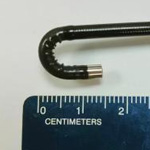
Seeing Clearly, Caring Deeply, Your Partner in Animal Health
Endoscopy Solution to Animal Ear and Nose

Recommended Products
Veterinary Flexible Otoscope
Technical parameters:
| Model | RAE-201 |
| Outer diameter | 3.0 mm |
| Inner diameter | 1.2mm |
| Working length | 600mm |
| Bending angle | 180° |
| Steering direction | Up & down |
| Pixels | 160,000 |
| Depth of field | 5~50mm |
| Field angle | 120° |
| Accessories | biopsy forceps, Y-shape valve, Luer three-way connector, cleaning brush and etc. |
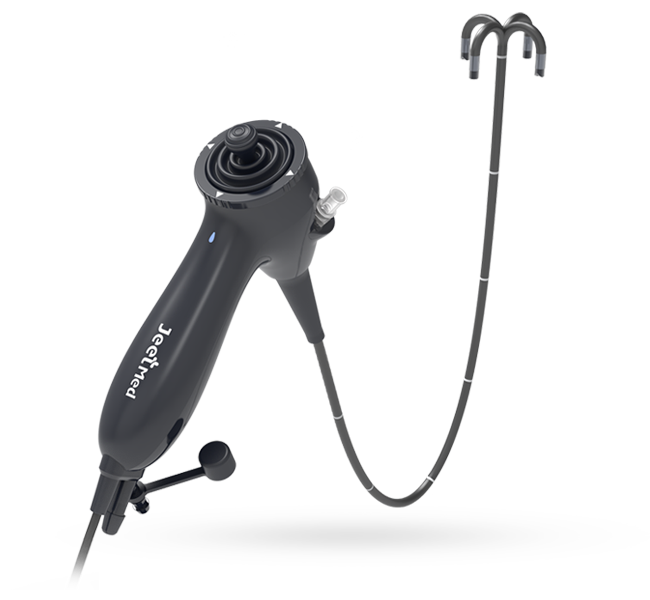
Main advantages to compared with other brands


Ultra-thin diameter
3mm outer diameter and 1.2mm inner diameter
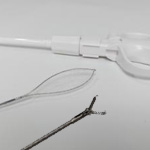
Foreign body removal
Use 1.0mm net forceps or 1.0mm alligator forceps
JeetVet Endoscope
Endoscopy Solution to Animal Ear and Nose
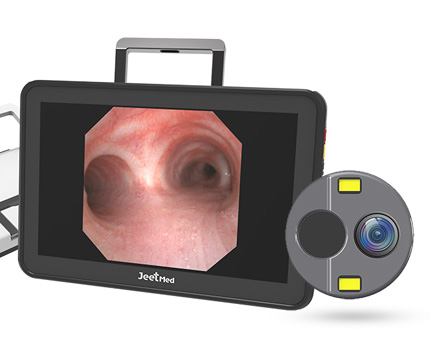
Complex anatomy
High-definition imaging:JeetVet endoscopes provide high-resolution real-time images, enabling veterinarians to clearly visualize the intricate anatomical structures inside the ears and nasal passages and accurately pinpoint lesion locations. For example: The application of JeetVet RAE-201 veterinary flexible otoscope effectively resolves the challenge of accessing the nasal cavity of cats with precision.
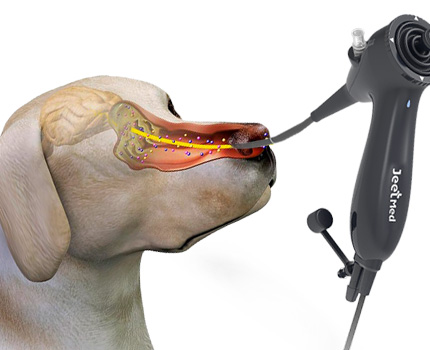
Handling uncooperative animals
Minimally invasive procedures: Endoscopic examinations and treatments are less invasive compared to traditional surgeries, reducing animal discomfort and minimizing the need for anesthesia and associated risks.
Swift diagnosis: Endoscopic procedures are quick, reducing animal stress and response times.
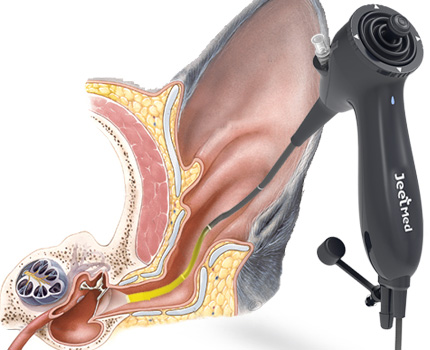
Detection of minor lesions
JeetVet endoscopes penetrate deep into the ears and nasal passages, to help veterinarians detect early-stage abnormalities such as tumors, foreign bodies, or minor inflammations.
Biopsy Sampling:Endoscopes allow for biopsy sampling through operational channels, obtaining lesion tissues for further pathological analysis to ensure accurate diagnoses.

Management of infections and inflammations
Precision Treatment:Endoscopes directly visualize infected and inflamed areas, enabling precise local treatments such as localized medication injections, fluid drainage, or lesion tissue removal.
Real-time Monitoring:Treatment progress can be monitored in real-time, ensuring precise and effective operations.
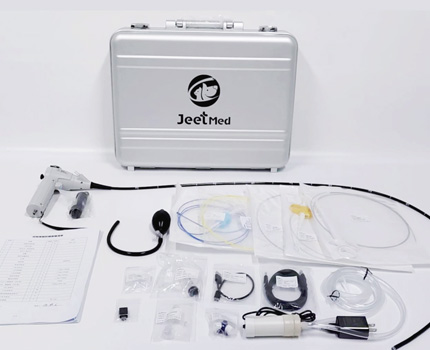
Overcoming technological limitations
Portable devices:JeetVet endoscope is compact and portable, making it accessible even for small to medium-sized veterinary clinics, thus enhancing accessibility.

Management of diagnosis and treatment time and costs
Efficient diagnosis:Endoscopic examinations are rapid and accurate, reducing the need for unnecessary auxiliary tests, shortening diagnosis and treatment time, and lowering overall costs.
Reduced hospitalization time:Due to the minimally invasive nature of endoscopic operations, animals recover quickly post-surgery, resulting in shorter hospital stays and reduced subsequent care costs.
Through endoscopic technology, veterinarians can efficiently diagnose and treat ear and nasal diseases in animals, enhancing medical quality and animal welfare while providing superior service to pet owners.
Ear and Nose Examination and Treatment
Challenges in Diagnosing Animal Ear and Nasal Conditions

Complex anatomy:1.The ear and nasal structures of animals are intricate and vary widely among different species and breeds. For instance, the nasal cavity in cats is exceptionally narrow. This complexity can make it difficult to accurately diagnose conditions without specialized equipment and expertise.
Patient cooperation:Animals often exhibit anxiety or resistance during examinations and treatments. This can necessitate sedation or anesthesia, increasing the complexity and risk of the procedures.
Detection of subtle pathologies:Small lesions, early-stage tumors, or tiny foreign bodies can be difficult to detect with conventional examination methods.
Infections and inflammation:The ear and nasal cavities are prone to infections and inflammatory conditions, which can obscure underlying issues and complicate treatment.
Technological limitations:Access to advanced diagnostic and therapeutic equipment, such as endoscopes, CT scans, and MRI machines, can be limited in some veterinary practices.
Time and cost:Comprehensive diagnostics and treatments for ear and nasal conditions can be time-consuming and expensive. This poses challenges for both veterinarians and pet owners in terms of scheduling, affordability, and managing the animal's stress and comfort.
Advantages and Features
Why JeetVet Endoscope
Visualization of ear and nose structures
Provides detailed visualization of the ear and nose structures, facilitating the diagnosis and treatment of ear and nose diseases.
Application
Used for examining the ear and nasal cavities of animals.
Ear and nose full examination
The veterinarian looks for abnormalities such as polyps, tumors, infections, or foreign objects.
Biopsy and Treatment
Tissue samples can be collected, and treatments such as removal of foreign objects or application of medication can be performed.
High-Resolution Cameras
Crucial for detailed visualization of ear and nasal structures.
Advanced Lighting
LED lighting ensures bright and accurate illumination.
Portable Units
Important for veterinarians who perform procedures in different locations or in field settings.
Ease of Use
Easy to operate with a short learning curve, the endoscope allows veterinarians to quickly become proficient. It connects to smartphones and tablets for real-time HD image display, enhancing efficiency with intuitive controls.
Treatment Items
More Animal Inspection Project Solutions
Need Assistance?
As a leading player in our industry, we are committed to fostering mutually beneficial partnerships that drive success and growth.
Contact NowWant to Become Our Distributor?
We provide high-quality products, professional training, market support and technical support to help you develop the market and create success together!
Distributor- *Name
- *Mobile Phone
- *Title
- *Content


